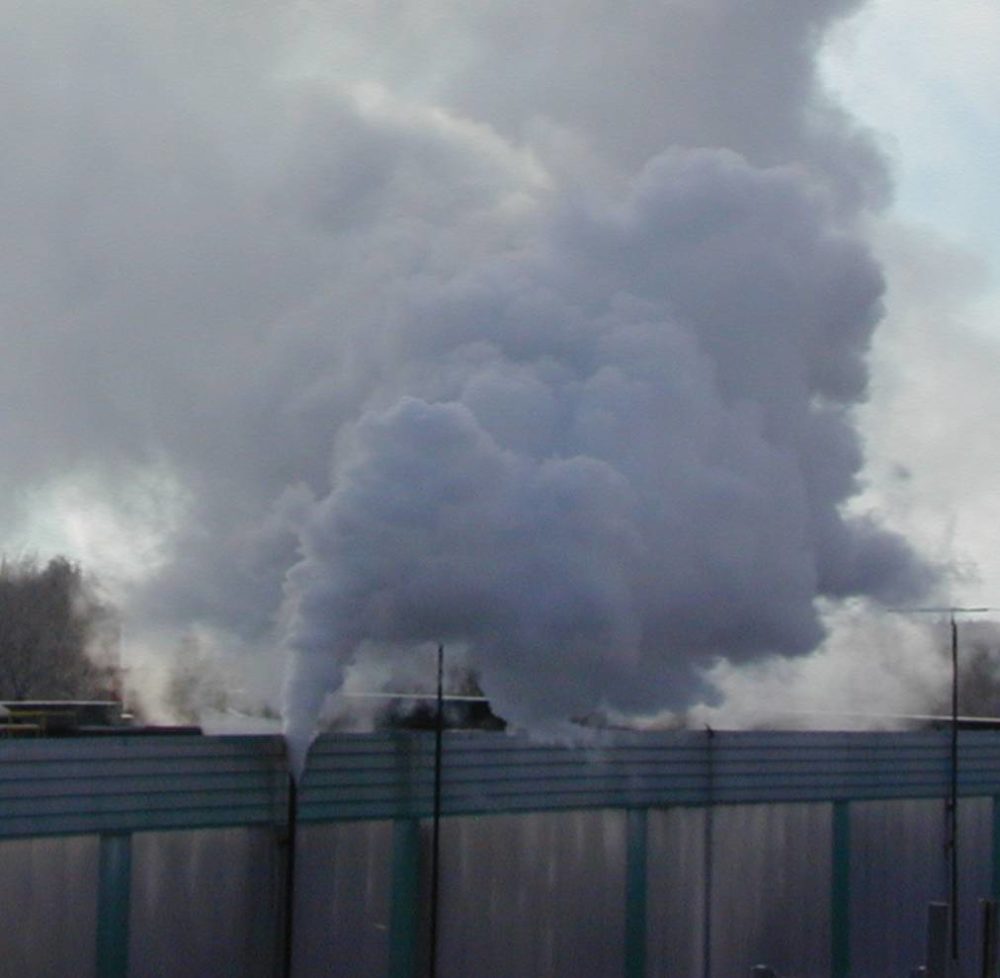STEAM VENTING TO ATMOSPHERE – No. 1 Major Loss in a Steam System

FULL VIDEO FOR VIEWING
My name is Kelly Paffel, technical manager for Inveno Engineering LLC. We are worldwide experts in steam system engineering. We are a global leader in steam system engineering, recognized for our unmatched steam system expertise and dedication. Unlike many self-proclaimed steam system engineering firms, we focus solely on delivering innovative engineering solutions, never products. Our commitment is to steam system engineering excellence, not salesmanship.
Today I want to talk about steam venting, which is the number one major energy loss in a steam system. Unfortunately, a high percentage of steam operations vent steam to atmosphere. There is no reason to vent steam to atmosphere with today’s technology and operation. Venting steam is the number one major loss of energy in steam and condensate systems. Plant personnel always ask, “we want to optimize a steam system. Well stop venting steam to atmosphere from the condensate tanks.
People ask about steam venting “Where does the steam come from?” There is are two different sources. One source of steam is that plants have a tendency to vent flash steam, which is a normal occurrence in a steam system, and the other one is failed steam trap stations blowing steam into the condensate system. Both steam sources will typically go to a vented condensate tank and then venting the steam to atmosphere. Today’s steam system operation is, there is no reason to vent steam atmosphere.
There are many solutions to prevent steam venting and achieve optimization and energy reductions. A note on flash steam for any given saturated steam pressure, there can only be a specific value listed in the steam tables.
Condensate temperatures have a specific amount of heat energy that is released for each lower pressure conditions. The release of heat energy results in a phenomenon known as flash steam. Now that flash steam is going into the condensate return system and typically it goes to a condensate tank that is vent at the atmosphere.
Example on flash steam; 100 psig 338 degrees. Steam coming into the heat exchanger 338 degrees. When latent energy is released to the product to the inside the heat exchanger, the condensate temperature is also 338 degrees. Condensate passing through the steam trap then into a condensate line. Let us say condensate line operating at 0 PSIG or 212 degree, the condensate cannot exist at 338 degrees. The condensate has to get the temperature from 338 degree down to 212 degrees and it does by taking percentage of liquid changes from a liquid to a vapor.
A operating steam trap would be like this steam trap which is discharging. You will see the small percentage of liquid and the great amount of flash steam. The steam trap is working correctly. This is a thermostatic design steam trap with on/off operation and has a large amount of flash steam going into the condensate return system, which we do not want to vent out to atmosphere. If we vent steam into the atmosphere, unfortunately it will heat up the ducks as they fly by the plant. So, as you can see, the duck is flying by the plant. It just took me a year to get the duck flying by. But anyway, it’s the number one energy loss in a steam and condensate system. A note; when you come to your plant operation, look at the number of steam vents that are venting steam to atmosphere.
A review of flash steam generation, high pressure condensate with a high energy content is discharged through a steam trap or control valve to a lower pressure system. The condensate at the lower pressure system; the condensate liquid temperature must be at the same saturated condition at the lower pressure system thus flash occurs.
Thus, high temperature condensate passing through a drain device such as a steam trap or control valve, the high temperature condensate is introduced into a lower pressure system and has to liberate a small percentage of flash steam. The plant that is venting steam has a loss of energy and increases emissions.
We always talk about being a green operation. If you want to be green, stop venting steam to the atmosphere. The next thing it increases chemical costs because every one pound of steam being vented to atmosphere is one pound of condensate, which is equal to one pound of makeup water that has to be increase in temperature to the boiler operating steam temperature. Makeup water also increases chemical cost and boiler blow down which is additional costs. The other negative result it can cause water hammer if it’s not properly piped in the system.
Example of energy loss. You drive by these condensate tanks all the time; they’re venting steam atmosphere. The condensate tank has a 2,800 pounds per hour steam loss. The average cost of steam today is $ 6.80 in North America per thousand pounds of steam. So, 24 hours a day, 360 days a year. Therefore, you take 2.8 times 6.8 times, 24 times 360 is equal to a loss of $164,505 per year. This one steam vent is $164,505 per year.
Example of another energy loss. The circle is the steam vent in the back of the picture is 11,300 pounds per hour. The calculation is $6 80 cents per thousand pounds, 24 hours a day, 360 days. The calculation would be 11.3 times 6.8 times, 24 times 360 and that is equal to $273,369 per year. This one steam vent is almost $300,000 per year.
This plant is trying to heat water for the plant operation. No, it just shows you how erroneous venting steam to atmosphere can be. So therefore, we want to eliminate steam venting from the condensate or flash tanks.
Industrial plants today must focus on steam optimization, improve safety, increase production, enhance reliability, reduce energy, and reduce emissions. Unnecessary steam venting is the number one priority. Today’s industrial plants, there’s no reason to vent steam to atmosphere.
The question is what happens on Monday. To improve the steam system, change must occur.
What we did in steam systems 20 years ago is not what we do today. Maybe 15 years ago we vented steam to the atmosphere. Today’s standard in steam system is no venting steam to atmosphere.
If you have any questions, this is our information. We are experts in steam system engineering. Our website has a lot of generic information such as 82 technical papers on steam systems. We have multiple videos like this one here. We’ve written 32 articles on steam and we’re all generic. We do not sell product we only provide steam system engineering expertise. If we can be of help or support you, please contact us at first convenience. Thank you, have a great day.










